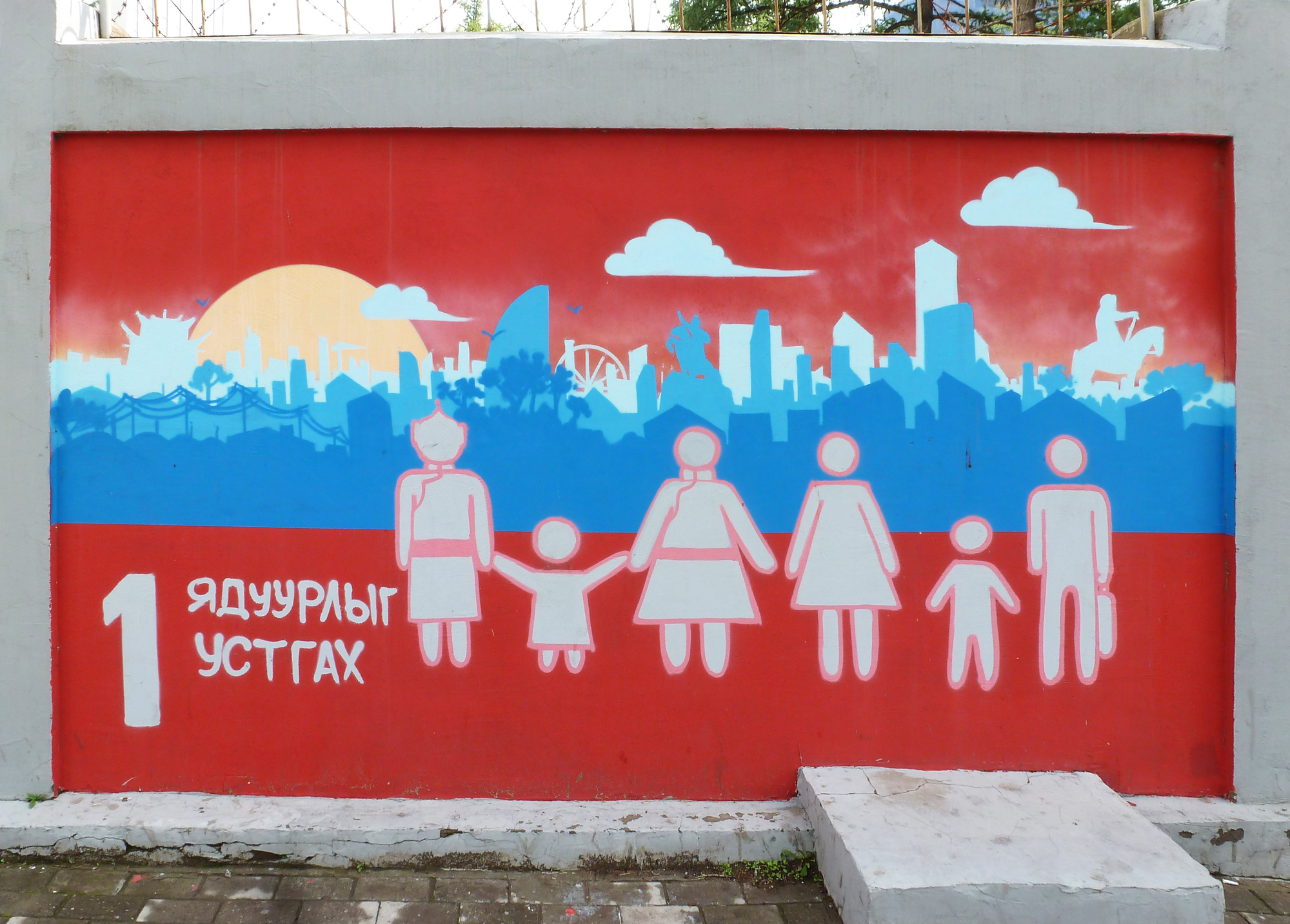In a recent study published in the journal “Ecological Indicators”, ISOE researchers Heide Kerber, Lukas Drees and Robert Lütkemeier compare two prominent approaches that assess the relationship between societal well-being and Earth system boundaries. Both approaches follow the Earth system science concept of planetary boundaries and combine it with the UN Sustainable Development Goals, the SDGs. They are on the one hand the approach “Doughnut of social and planetary boundaries” (short: “Doughnut”) and on the other hand the project #SDGinPB. The ISOE authors assess the ability of these approaches to map the complexity of the SDGs and discuss general challenges of scientific models when dealing with global social developments.
The authors point out the striking fact that both approaches work with only one or two indicators per SDG, while the United Nations use six to 27 indicators to show the development in achieving the goals. While this would serve the need to reduce the complexity of the real world, as in any model there would also be a risk of overlooking key aspects. “For example, if labor market growth is the only indicator for SDG 8 'Decent work and economic growth' and important aspects such as child labor or basic labor rights are not taken into account, then the model produces a very distorted picture,” explains co-author Lukas Drees. “Calculations of the #SDGinPB approach that accordingly see China, for example, on target for SDG 8 should raise skepticism.”
Models support growth paradigm
Overall, the ISOE study shows how strongly the choice of indicators influences the assessment of SDG achievements, and that assessments based on a single indicator per goal do not do justice to the complexity of the SDGs. The #SDGinPB project showed a general tendency to overestimate the progress of the Global North in achieving the SDGs. This was mainly due to the fact that almost all indicators used showed a positive correlation with GDP. Consequently, the model results uncritically support the economic growth paradigm, which ignores how much the historical growth in the Global North depends on the exploitation of the Global South. “Achieving the SDGs, after all, cannot be about countries in the Global South copying the development path of countries in the Global North,” Drees says.
The authors conclude, “Approaches like the doughnut and #SDGinPB are very valuable in raising public awareness of the connection between planetary boundaries and aspects of human well-being.” They contribute to the question of how compliance with planetary boundaries can be achieved and at the same time reconciled with the necessary development steps towards global human well-being. However, when it comes to concrete implementation in in policy recommendations, they say, it is essential to pay more attention to local specifics than is possible with global modeling approaches.
On the publication:
Drees, Lukas/Robert Lütkemeier/Heide Kerber (2021): Necessary or oversimplification? On the strengths and limitations of current assessments to integrate social dimensions in planetary boundaries. Ecological Indicators 129 (October), 108009
Scientific contact:
Lukas Drees
Phone +49 69 707 6919-41
drees(at)isoe.de
Press contact:
Melanie Neugart
Phone +49 69 707 6919-51
neugart(at)isoe.de
